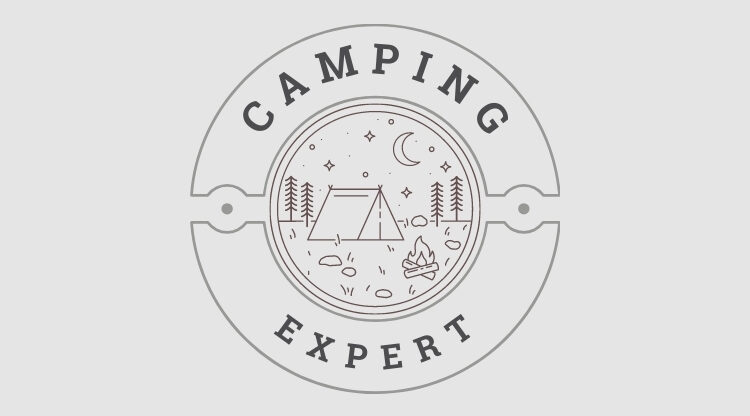If you’re hiking and camping, then the type of backpack (as well as how you pack it) takes on paramount importance. After all, you have to be able to carry everything on your back, so you need something that won’t leave you with an aching back at the end of the day or have you feeling crippled on the trail.
So it’s a very good idea to take your time and select something that’s just right for you, big enough for all your needs, but still lightweight and that will work with your body, not against it, when you’re hiking.
The Types Of Backpack
The type of backpack you’ll need for camping is rather different from the traditional daypack most of us use so often. Instead, it’s built on an aluminium frame for support, and there are two choices – an internal frame or an external one.
Internal frames hug the body more closely, making them better for walking, especially on rough ground and hills. However, they need to be adjusted so that the weight is properly distributed. For those used to feeling everything on the shoulders, this will be a difference. Instead, only about a third of the weight should be on the shoulders, with the rest on the hips, which means carefully adjustment of shoulder and waist straps (that’s especially true for women, who tend to have a lower centre of gravity). Make sure, too, that the chest strap is well adjusted, but not so tight that it’s constricting.
External frames don’t fit quite so closely on the body, have a higher centre of gravity, and restrict movement a bit more, but have other advantages. It’s much easier to hang things from them (always a plus if you have a number of awkwardly-shaped items), and for those not already familiar with hiking and camping, they’re not as difficult to pack. Since the pack itself isn’t against the body, you’ll also feel a bit cooler as you walk.
There are many brands available in both types, but you should look for something lightweight, durable (you don’t want it disintegrating as you walk), and fast drying. Of course, you can buy waterproof backpack covers, but one that dries quickly offers many pluses. Ultimately, though, it’s how it fits and feels on you that’s most important – as long as you can get everything you need into and on it.
Packing Your Backpack
When you’re backpack camping, there’s a real art to packing, and how you do it really depends on the type of pack you use – it’s different for an external frame than for an internal frame.
With an internal frame you’ll attach the sleep bag and tent to the bottom of the pack, to keep the centre of gravity low. From there, make sure that the heavy items are up against the back of the pack (the area with the cover over the frame). Pack items that aren’t so heavy in the middle of the pack, then distribute lighter, small items around the side and at the top. This will keep the load well distributed against your back and make movement easy.
When you’re using a pack with an external frame you’ll want the heavy items, such as the tent, at the top, so the weight is on your shoulders. The light stuff goes at the bottom of the pack and attach the sleeping bag underneath. Items of middling weight should be placed in the centre of the pack. However, for women it’s better to have the sleeping bag at the top, and a lower distribution of weight within the pack.
